Home>Articles>Where Is The Lint Trap On A Stacked Washer And Dryer
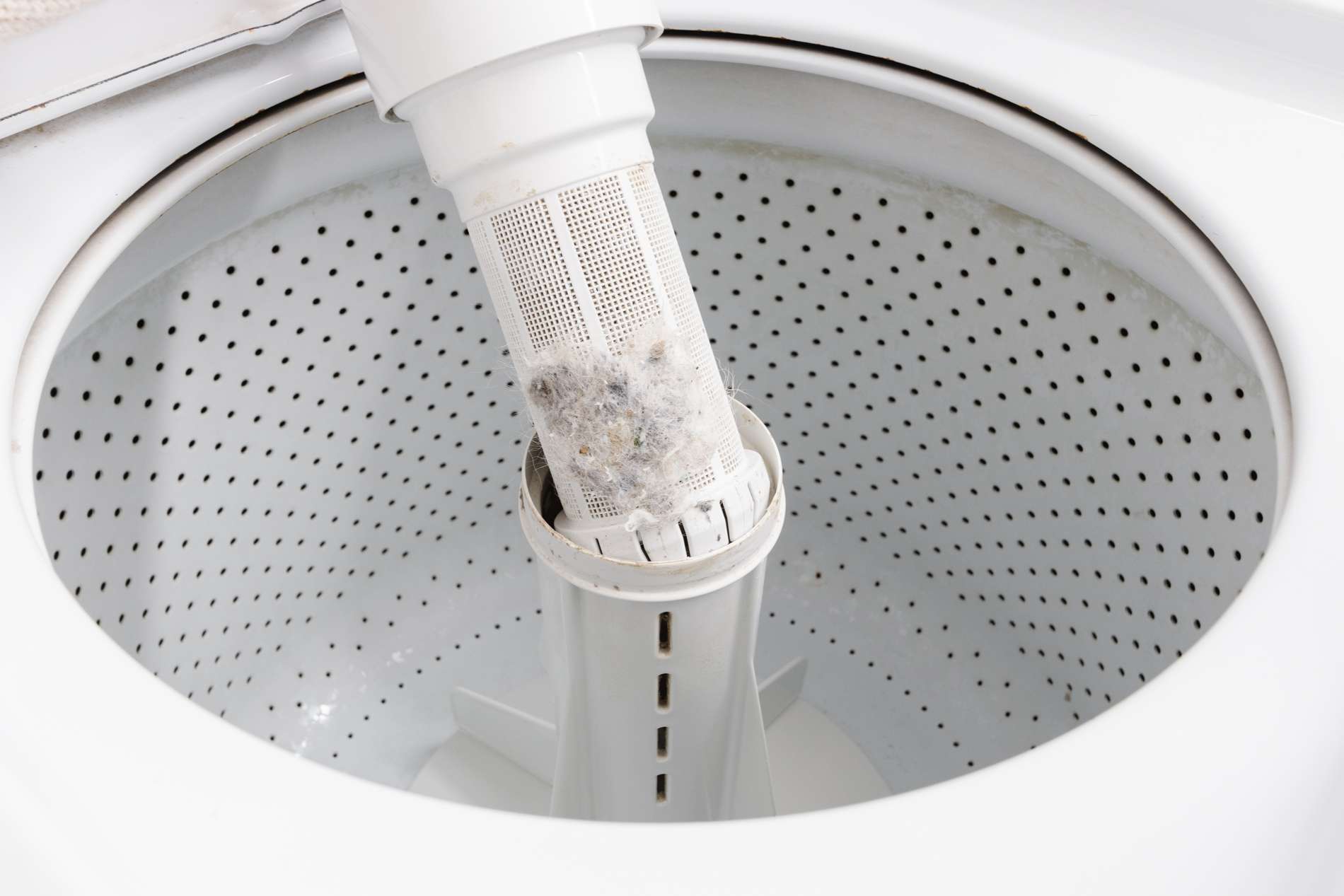

Articles
Where Is The Lint Trap On A Stacked Washer And Dryer
Modified: October 18, 2024
Looking for information on the location of the lint trap in a stacked washer and dryer? Check out our informative articles for expert guidance.
(Many of the links in this article redirect to a specific reviewed product. Your purchase of these products through affiliate links helps to generate commission for Storables.com, at no extra cost. Learn more)
Introduction
Welcome to this comprehensive guide on stacked washer and dryer units! If you own one of these space-saving appliances, you may be wondering where the lint trap is located and how to properly maintain it. In this article, we will provide you with all the information you need to know about finding and cleaning the lint trap in a stacked washer and dryer.
Stacked washer and dryer units have become increasingly popular in homes and apartments where space is a precious commodity. These units combine a washing machine and a dryer into a single, vertical unit, allowing for efficient use of space. However, due to their compact design, finding and accessing certain components, such as the lint trap, can be a bit challenging.
Understanding the importance of cleaning the lint trap is crucial for maintaining the performance and safety of your stacked washer and dryer. The lint trap is responsible for capturing lint, fibers, and other debris that may accumulate during the drying process. If the trap is neglected and becomes clogged, it can lead to reduced airflow, longer drying times, and even pose a fire hazard.
Now that you understand the significance of keeping the lint trap clean, let’s delve into the details of where to find it and how to properly maintain it. By following the instructions in this guide, you can ensure that your stacked washer and dryer unit operates efficiently and safely for years to come.
Key Takeaways:
- Regularly cleaning the lint trap in your stacked washer and dryer unit is crucial for efficient drying, energy savings, and reducing fire hazards. Proper maintenance ensures optimal performance and appliance longevity.
- Understanding the location, removal, and cleaning of the lint trap, along with regular maintenance tips, is essential for safe and efficient operation of your stacked washer and dryer unit. Prioritize lint trap care for optimal appliance performance.
Read also: 15 Unbelievable Washer Lint Trap For 2025
Understanding Stacked Washer and Dryer Units
Stacked washer and dryer units are a convenient and space-saving solution for laundry needs in small homes, apartments, or tight laundry spaces. These units are designed to vertically stack a washing machine and a dryer, making efficient use of limited floor space. Understanding how these appliances work can help you better grasp the location and function of the lint trap.
A stacked washer and dryer unit consists of two separate machines: a washing machine on the bottom and a dryer on top. The washing machine is typically positioned at the lower level and is responsible for washing and rinsing clothes. The dryer, located on top, is responsible for drying and removing excess moisture from the laundry. By stacking these two machines, you can save floor space and still enjoy the convenience of a washer and dryer in one unit.
When using a stacked washer and dryer unit, it’s essential to remember that the drying process generates lint and other debris. These particles can accumulate in the lint trap, which helps prevent them from entering the dryer vent and potentially causing clogs or fire hazards.
While the overall design and functionality of stacked washer and dryer units may vary depending on the brand and model, they typically operate similarly to their standalone counterparts. The washing machine has a drum where the clothes are loaded, and it agitates them with water, detergent, and sometimes gentle mechanical movements to remove dirt and stains. Once the wash cycle is complete, the washer drains the water and prepares the clothes for the drying process.
The dryer component of a stacked unit uses hot air to remove moisture from the clothes. It collects and exhausts the moist air while circulating heated air through the drum, allowing the evaporation of water from the fabric fibers. As this process is performed, lint and other debris are generated and should be caught by the lint trap.
Understanding the basic mechanics of stacked washer and dryer units will help you navigate through the process of finding and maintaining the lint trap, which is crucial for the proper functioning and safety of your appliance.
Importance of Cleaning the Lint Trap
Keeping the lint trap in your stacked washer and dryer unit clean is of utmost importance. This small component plays a vital role in preventing lint and debris from clogging the dryer vent, ensuring efficient drying performance, and reducing the risk of fire hazards. Understanding the importance of regular lint trap maintenance can help you preserve the longevity and safety of your appliance.
1. Efficient Drying Performance: A clean lint trap allows for optimal airflow within the dryer unit. When the trap is free from lint buildup, the hot air can circulate more effectively, helping clothes dry faster and more evenly. If the lint trap is clogged, it restricts the airflow, leading to longer drying times and potentially overheating the appliance.
2. Energy Efficiency: When the lint trap is clean, your stacked washer and dryer can operate at its optimal efficiency. By ensuring proper airflow, the dryer doesn’t have to work as hard to dry the clothes, reducing energy consumption. This not only saves you money on utility bills but also minimizes your carbon footprint.
3. Reduced Fire Hazard: Lint is highly flammable and can easily ignite if exposed to high temperatures, such as those inside a dryer. A clogged lint trap raises the risk of lint accumulating in other parts of the dryer, such as the exhaust vent or heating elements, increasing the chances of a fire. Regularly cleaning the lint trap helps prevent lint from building up and reduces the potential fire hazard.
4. Extends Appliance Lifespan: Proper maintenance of the lint trap can contribute to the longevity of your stacked washer and dryer. A clean trap reduces strain on the appliance’s internal components, as it doesn’t have to work as hard to dry the clothes. By preventing lint buildup in the dryer and vent system, you can avoid excessive wear and tear on the appliance, potentially adding years to its lifespan.
5. Improved Air Quality: A clean lint trap ensures that lint, allergens, and other particles stay confined within the dryer unit. If the trap is clogged, these particles can be released into the air, potentially causing respiratory issues, especially for individuals with allergies or asthma. Regular maintenance of the lint trap helps promote better indoor air quality.
Overall, cleaning the lint trap in your stacked washer and dryer unit is a simple yet crucial task that should not be overlooked. By dedicating a few minutes to regularly removing lint buildup, you can enhance the drying efficiency, reduce fire risks, prolong the appliance’s lifespan, and promote a healthier living environment.
Locating the Lint Trap in a Stacked Washer and Dryer
Locating the lint trap in a stacked washer and dryer unit may vary depending on the specific make and model you own. However, in most cases, the lint trap can be found in either the dryer component or the washing machine drum. Here are a few common locations to help you find the lint trap:
- Inside the dryer drum: In some models, the lint trap is located inside the dryer drum. Look for a small, rectangular slot or opening along the rear or front wall of the drum. The lint trap may have a handle or tab that you can pull to remove and clean it. Be sure to consult your appliance’s user manual for exact instructions on how to access the lint trap.
- Behind the dryer door: In other models, the lint trap is located behind a door on the front of the dryer unit. Open the door and inspect the area to find the lint trap. It may resemble a filter or screen that can be easily removed for cleaning.
- In the washing machine: Some stacked units have the lint trap located inside the washing machine drum. Look for a small compartment or basket near the top or side of the drum. The lint trap in these models is often removable and may require you to lift or pull a tab to release it from its position.
If you are unsure about the exact location of the lint trap in your specific model, refer to the manufacturer’s instructions or consult the appliance user manual. These resources often provide detailed diagrams and guidance on accessing and cleaning the lint trap.
When locating the lint trap, it is essential to ensure that the dryer unit is turned off and unplugged for safety. This prevents any accidental injury or electrical hazards during the cleaning process.
Keep in mind that the lint trap is not the same as the lint screen that you typically clean after each drying cycle. The lint trap is a separate component that captures lint and debris generated during the drying process. It may be larger in size and require less frequent cleaning compared to the smaller lint screen found near the door of the dryer.
By understanding where to find the lint trap in your stacked washer and dryer unit, you can perform regular maintenance to keep it clean, preventing lint buildup, ensuring proper airflow, and promoting efficient drying performance.
The lint trap on a stacked washer and dryer is typically located inside the dryer door or on the top of the dryer. Be sure to clean it out regularly to maintain dryer efficiency and reduce the risk of fire.
Steps to Remove and Clean the Lint Trap
Regularly removing and cleaning the lint trap in your stacked washer and dryer unit is essential for optimal performance and safety. Follow these simple steps to effectively remove and clean the lint trap:
- Turn off the dryer: Before starting the cleaning process, make sure the dryer is turned off and unplugged to prevent any accidents or injuries.
- Locate the lint trap: Refer to the manufacturer’s instructions or the user manual to locate the lint trap in your specific model. It may be inside the dryer drum, behind a door on the front of the unit, or within the washing machine drum.
- Remove the lint trap: Once you have located the lint trap, carefully remove it from its position. Depending on the model, you may need to pull a handle, lift a tab, or release a latch to access the lint trap.
- Inspect and clean the lint trap: Take a close look at the lint trap to check for any lint or debris buildup. Use your fingers or a soft brush to gently remove the accumulated lint. For stubborn lint, you can use a soft, damp cloth to wipe it away. Make sure to remove all the lint from the trap, ensuring it is clean and free from any obstructions.
- Rinse and dry the lint trap: For a thorough cleaning, you can rinse the lint trap with warm water to remove any remaining lint or residue. Make sure to dry the lint trap completely before reinstalling it in the dryer. Leaving the lint trap damp can lead to mold or mildew growth.
- Reinstall the lint trap: Carefully place the clean and dry lint trap back into its original position in the dryer or washing machine. Ensure it fits securely and latches or locks in place, depending on the design of your appliance.
- Dispose of the collected lint: Properly dispose of the lint you removed from the trap. You can simply discard it in a trash bin or use it for composting, as it is biodegradable.
It’s important to note that the frequency of cleaning the lint trap may vary depending on the usage and the amount of lint generated. As a general guideline, it is recommended to clean the lint trap after every few drying cycles or at least once a month for regular maintenance.
By following these steps and incorporating regular cleaning of the lint trap into your laundry routine, you can ensure the efficient operation of your stacked washer and dryer unit and minimize the risk of fire hazards associated with lint buildup.
Read more: How To Clean Dryer Lint Trap
Tips for Proper Maintenance of the Lint Trap
In addition to regularly cleaning the lint trap in your stacked washer and dryer unit, there are a few maintenance tips you can follow to ensure its proper functioning and longevity. These tips will help you maintain the lint trap effectively and optimize the performance of your appliance:
- Inspect the lint trap before each use: Before starting a new drying cycle, take a moment to visually inspect the lint trap. Check for any visible lint or debris and remove it using your fingers or a soft brush. This quick inspection will help prevent lint from accumulating and ensure efficient airflow.
- Use the correct lint trap for your appliance: Ensure that you are using the appropriate lint trap designed specifically for your stacked washer and dryer model. Using the wrong lint trap can compromise its effectiveness and may lead to lint escaping into the dryer vent.
- Avoid overloading the dryer: Overloading the dryer can result in inadequate airflow, leading to increased lint buildup. Follow the manufacturer’s guidelines for maximum load capacity to ensure proper drying performance and prevent excessive lint accumulation.
- Clean the lint trap with dish soap and water: For a more thorough cleaning, periodically wash the lint trap with warm water and a mild dish soap. This can help remove any residue or buildup that is harder to remove with a dry cleaning method alone. Rinse and dry the lint trap completely before reinstalling it in the appliance.
- Check the dryer vent regularly: Alongside cleaning the lint trap, it is important to inspect and clean the dryer vent regularly. A clogged vent can restrict airflow and increase the risk of lint buildup. Remove any lint or debris from the vent using a vent cleaning brush or vacuum attachment.
- Schedule professional maintenance: Consider scheduling professional maintenance for your stacked washer and dryer unit at least once a year. A professional technician can inspect and clean not only the lint trap but also other internal components, ensuring optimal performance and detecting any potential issues.
- Keep the laundry area clean and clear: Maintain a clean and clutter-free area around your stacked washer and dryer. Loose lint and debris can accumulate around the appliances, increasing the chances of lint entering the vent or obstructing the lint trap. Regularly vacuum or sweep the area to keep it clean.
By following these maintenance tips, you can keep your lint trap in top condition and ensure the proper functioning of your stacked washer and dryer. Regular maintenance not only improves drying efficiency but also reduces the risk of fire hazards and extends the lifespan of your appliance.
Common Issues and Troubleshooting
While regular maintenance and cleaning of the lint trap can help prevent many issues with your stacked washer and dryer unit, there may still be times when problems arise. Here are some common issues you may encounter and troubleshooting tips to resolve them:
- Poor drying performance: If your clothes are not drying efficiently or are taking longer than usual to dry, check the lint trap for any lint buildup. A clogged lint trap can restrict airflow and reduce drying effectiveness. Clean the lint trap thoroughly and ensure it is properly installed. If the issue persists, inspect the dryer vent for any obstructions or blockages.
- Lint escaping into the laundry: If you notice excessive lint on your clothes after a drying cycle, it may indicate a problem with the lint trap or its installation. Make sure the lint trap is clean and correctly positioned. Consider replacing the lint trap if it is damaged or worn out, as this can cause lint to escape into the dryer drum.
- Foul odor: If your stacked washer and dryer unit emits a musty or unpleasant odor, it may be a sign of lint or debris trapped in the lint trap or other parts of the appliance. Clean the lint trap thoroughly, and consider using a dryer vent cleaning brush to remove any lint or debris from the dryer vent. Additionally, you can run a cycle with a vinegar and water solution to help eliminate any lingering odors in the appliance.
- Lint trap not fitting properly: If you are having difficulty fitting or securing the lint trap back into its position, check for any lint or debris obstructing the area. Clean the slot or opening where the lint trap goes and make sure there are no obstacles preventing a snug fit. If the lint trap is damaged or bent, consider replacing it to ensure proper installation.
- Excessive noise or vibration: If your stacked washer and dryer unit is making loud noises or vibrations during operation, it may indicate an issue with the lint trap or other internal components. Inspect the lint trap to ensure it is not loose or misaligned. If the problem persists, it is recommended to schedule a professional inspection to identify and address any mechanical or structural issues.
If these troubleshooting tips do not resolve the issues with your stacked washer and dryer unit, consider reaching out to a professional technician or the manufacturer’s customer support for further assistance. Proper maintenance, regular cleaning, and prompt troubleshooting can help ensure the efficient and safe operation of your appliance.
Conclusion
Proper maintenance of the lint trap in your stacked washer and dryer unit is crucial for optimal performance, energy efficiency, and safety. Taking the time to locate, remove, and clean the lint trap regularly can prevent lint buildup, reduce drying times, and minimize the risk of fire hazards. By following the steps outlined in this guide and implementing the tips for maintenance, you can ensure the longevity and efficient operation of your appliance.
Remember, the lint trap is not the same as the lint screen that you clean after each drying cycle. While cleaning the lint screen is important, giving attention to the lint trap itself is equally vital for the overall performance of your appliance.
Other maintenance practices, such as inspecting the lint trap before each use, avoiding overloading the dryer, and checking the dryer vent regularly, should be integrated into your laundry routine. This will help maintain optimal drying performance, improve energy efficiency, and promote a safer and healthier living environment.
In case you encounter common issues with your stacked washer and dryer unit, the troubleshooting tips provided can help you identify and resolve the problems. However, if the issues persist or if you’re unsure about the proper course of action, it’s recommended to consult a professional technician or the manufacturer’s customer support.
Remember, by giving proper attention to the maintenance of your stacked washer and dryer unit, specifically the lint trap, you can enhance its performance, prolong its lifespan, and enjoy efficient and safe drying cycles for years to come.
Frequently Asked Questions about Where Is The Lint Trap On A Stacked Washer And Dryer
Was this page helpful?
At Storables.com, we guarantee accurate and reliable information. Our content, validated by Expert Board Contributors, is crafted following stringent Editorial Policies. We're committed to providing you with well-researched, expert-backed insights for all your informational needs.
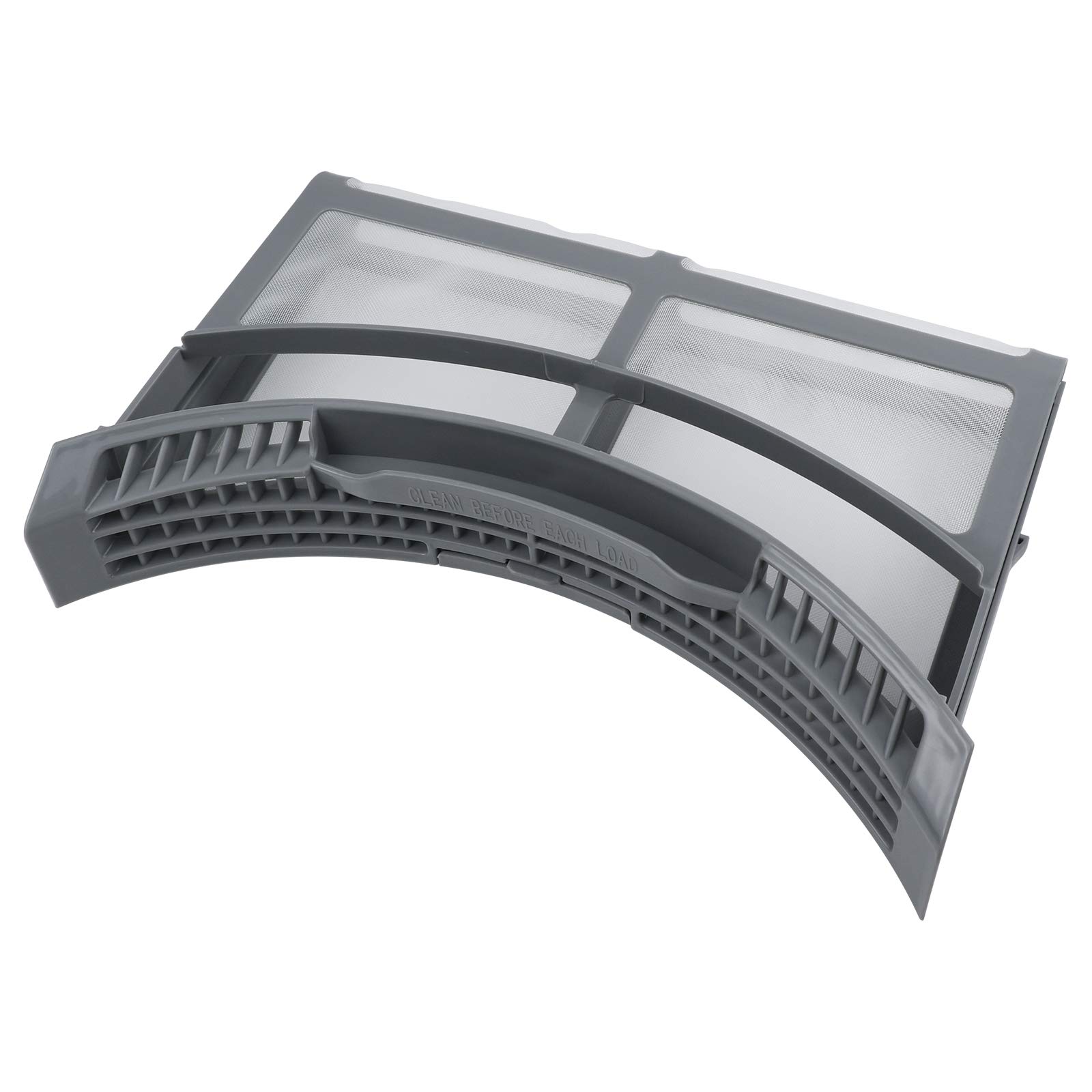
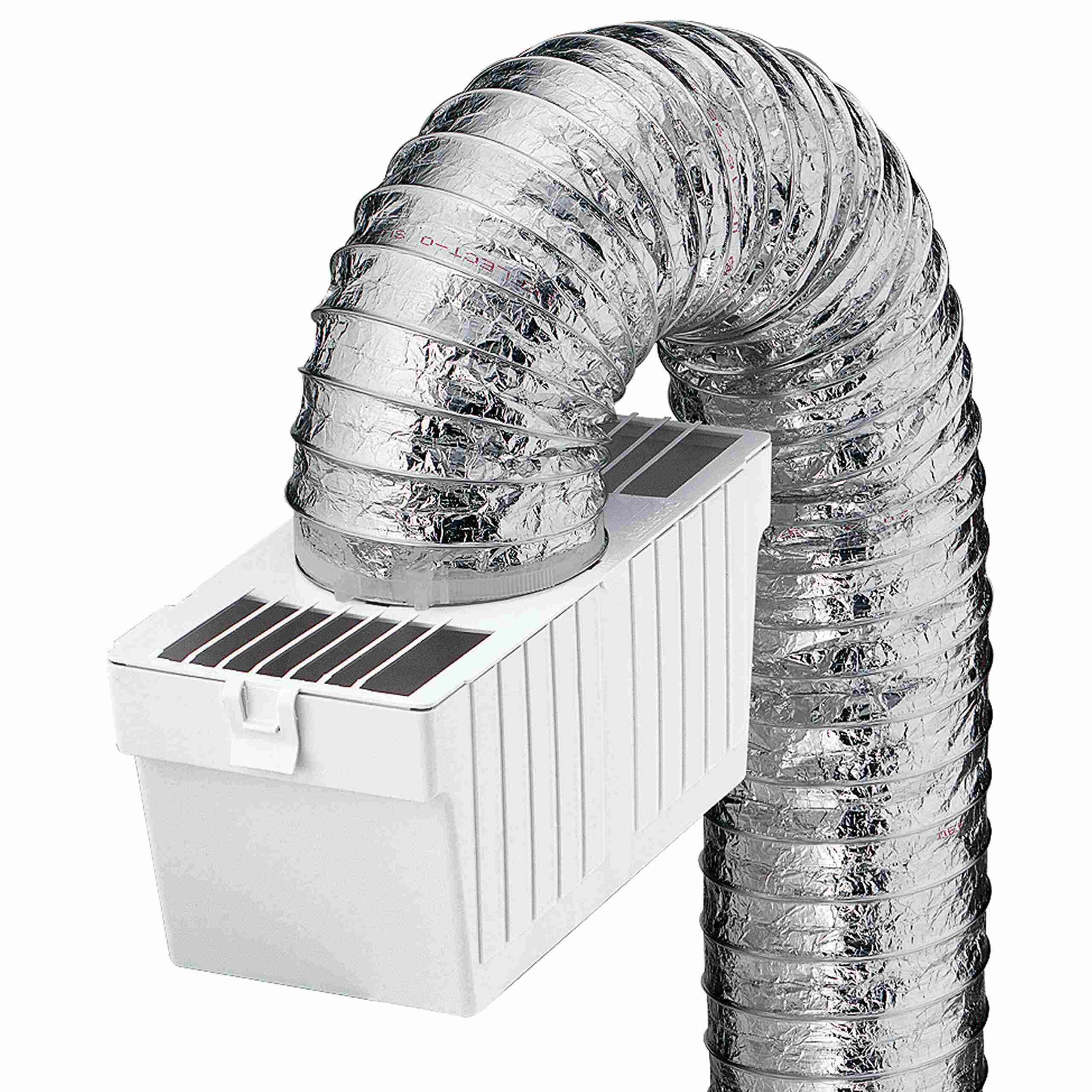
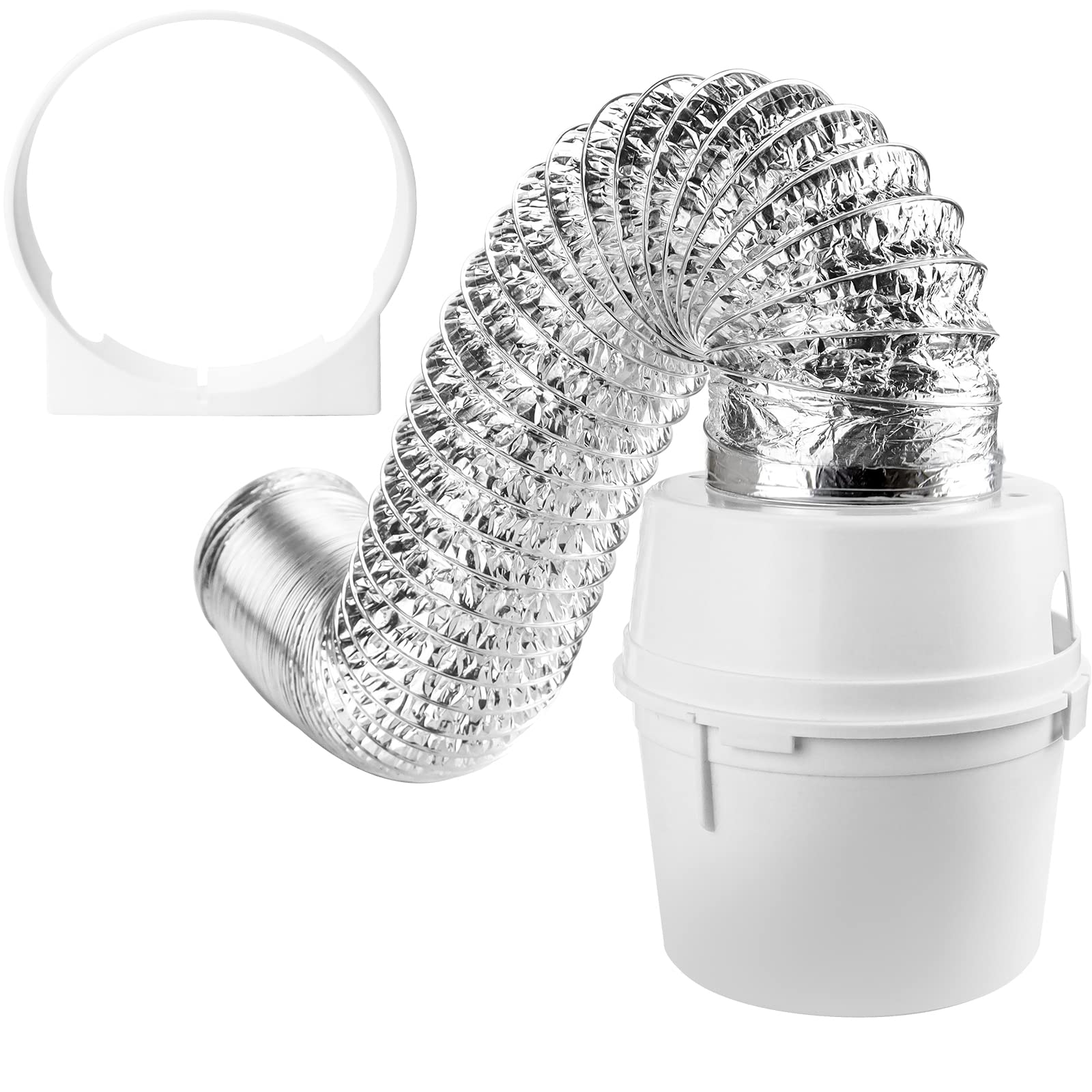

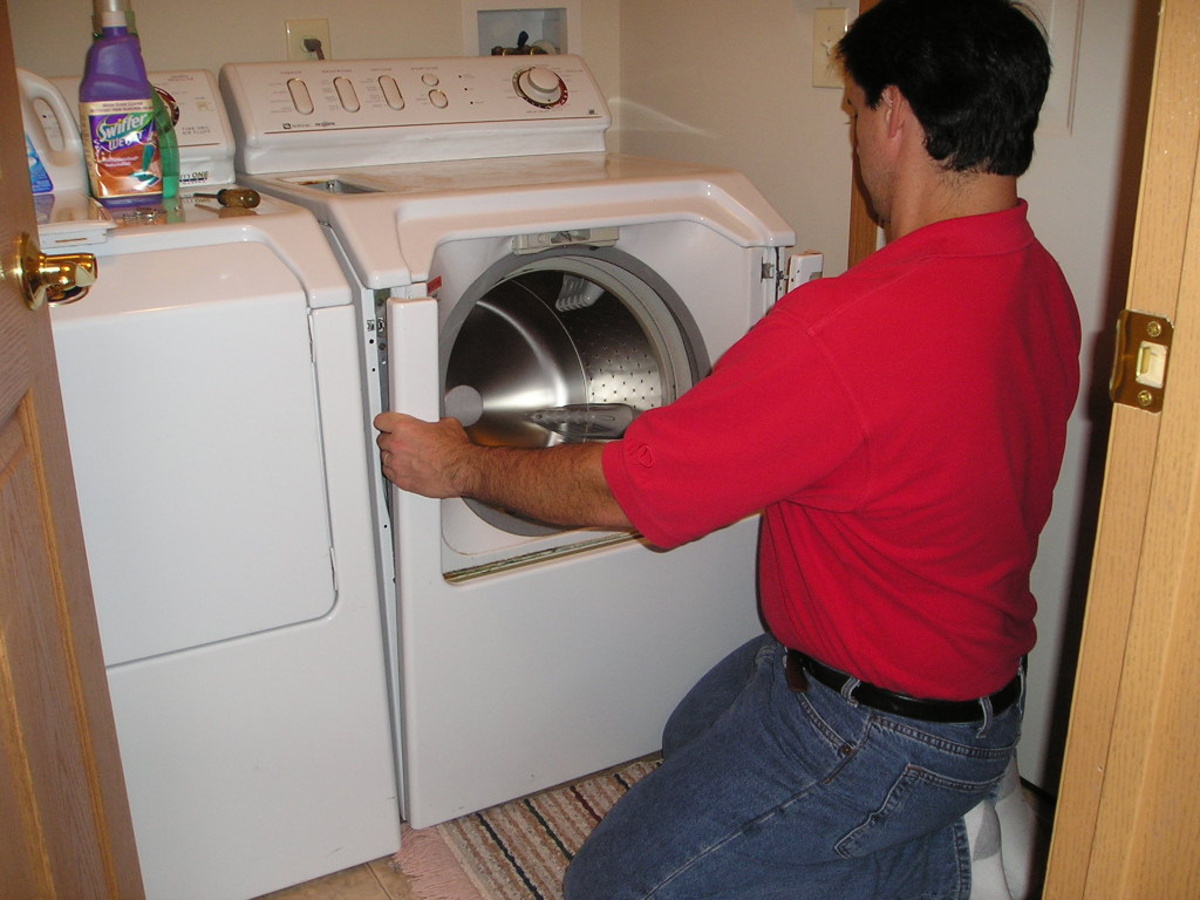
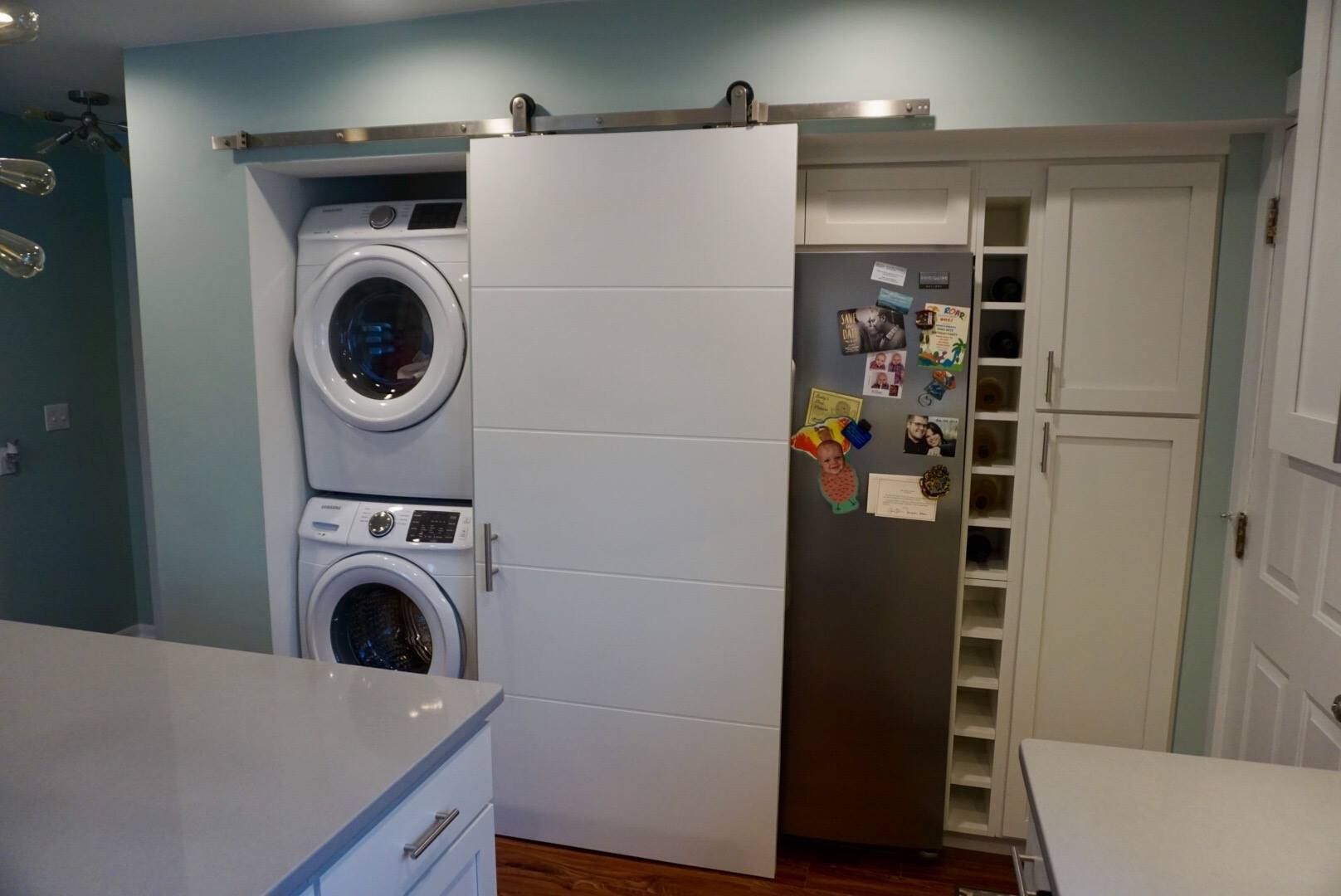

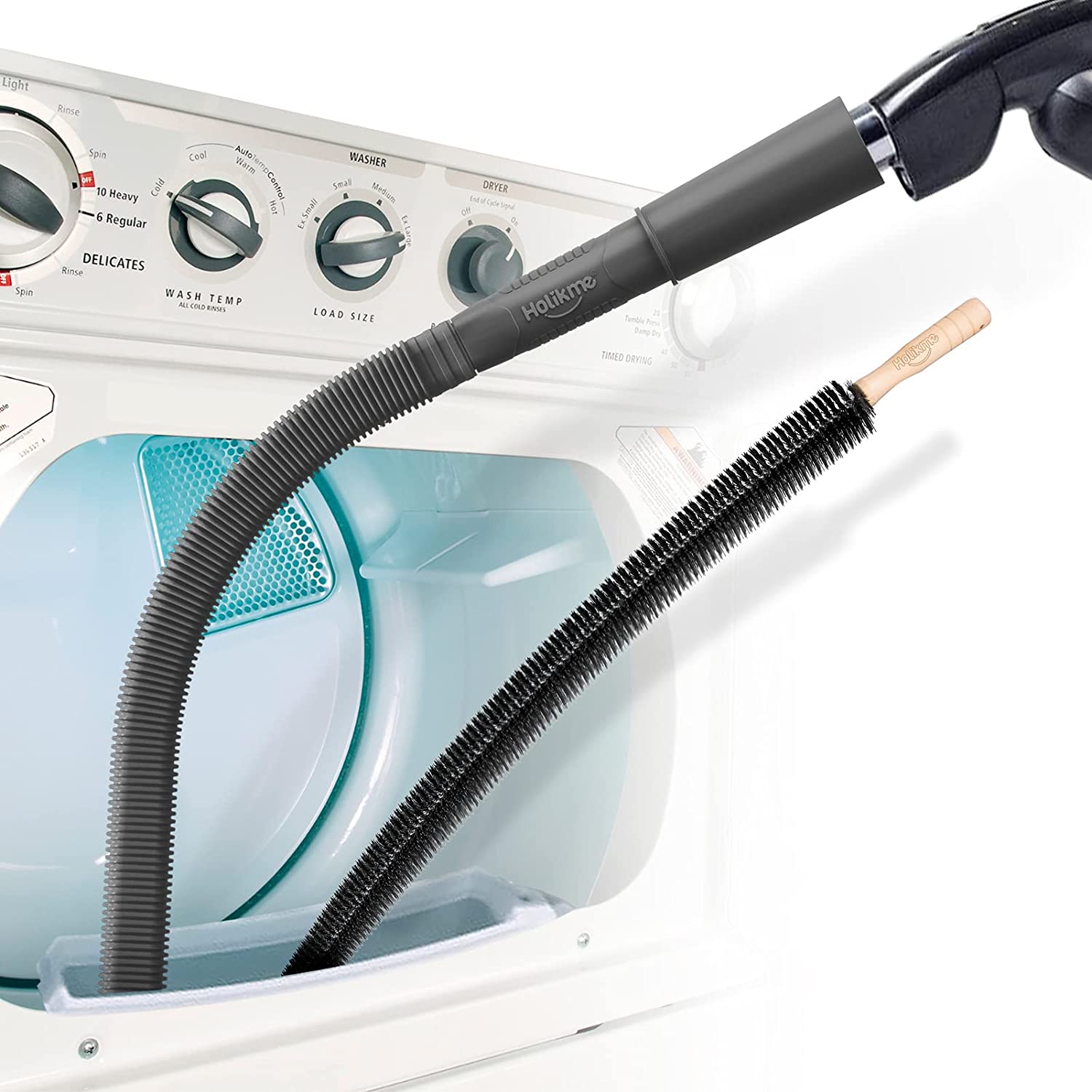
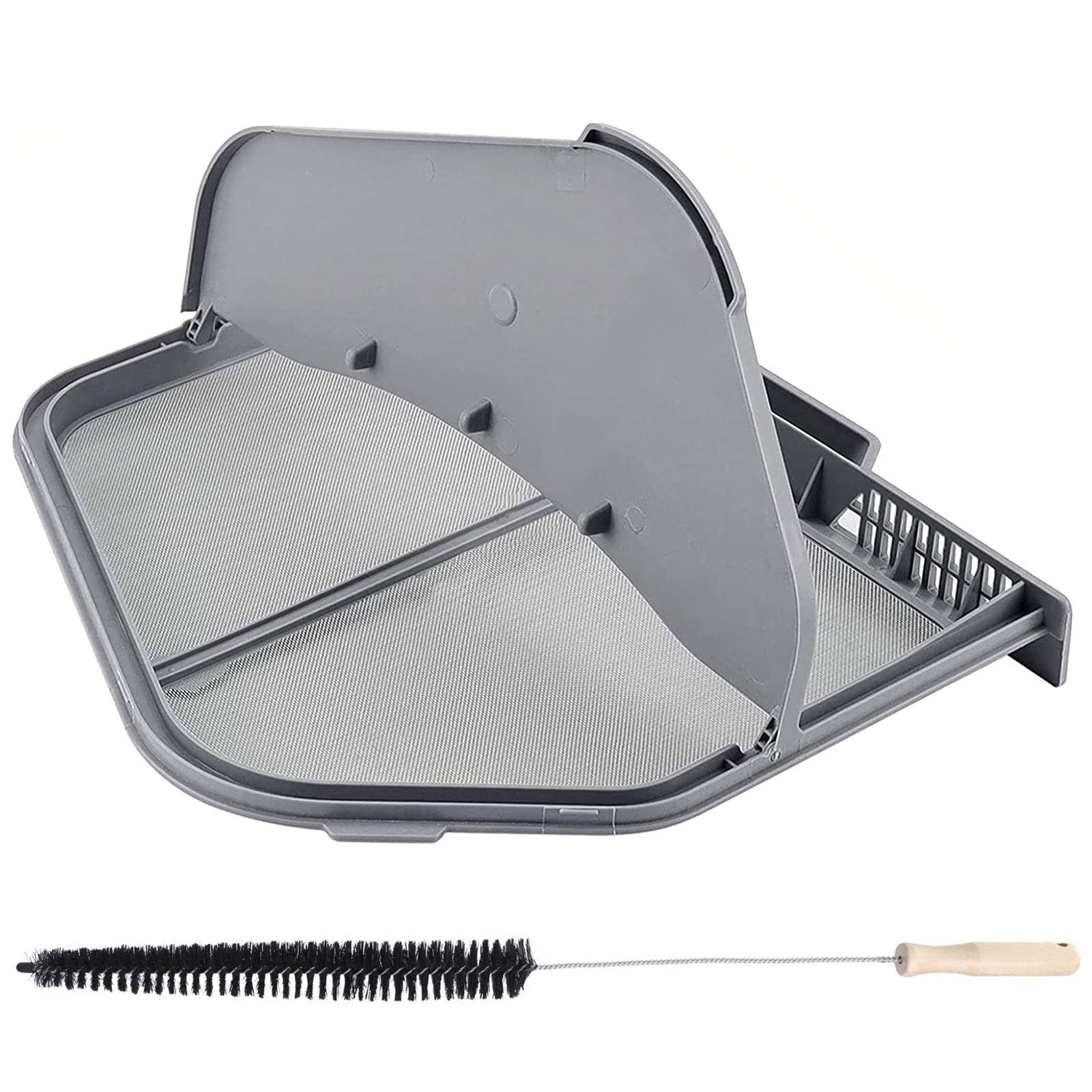



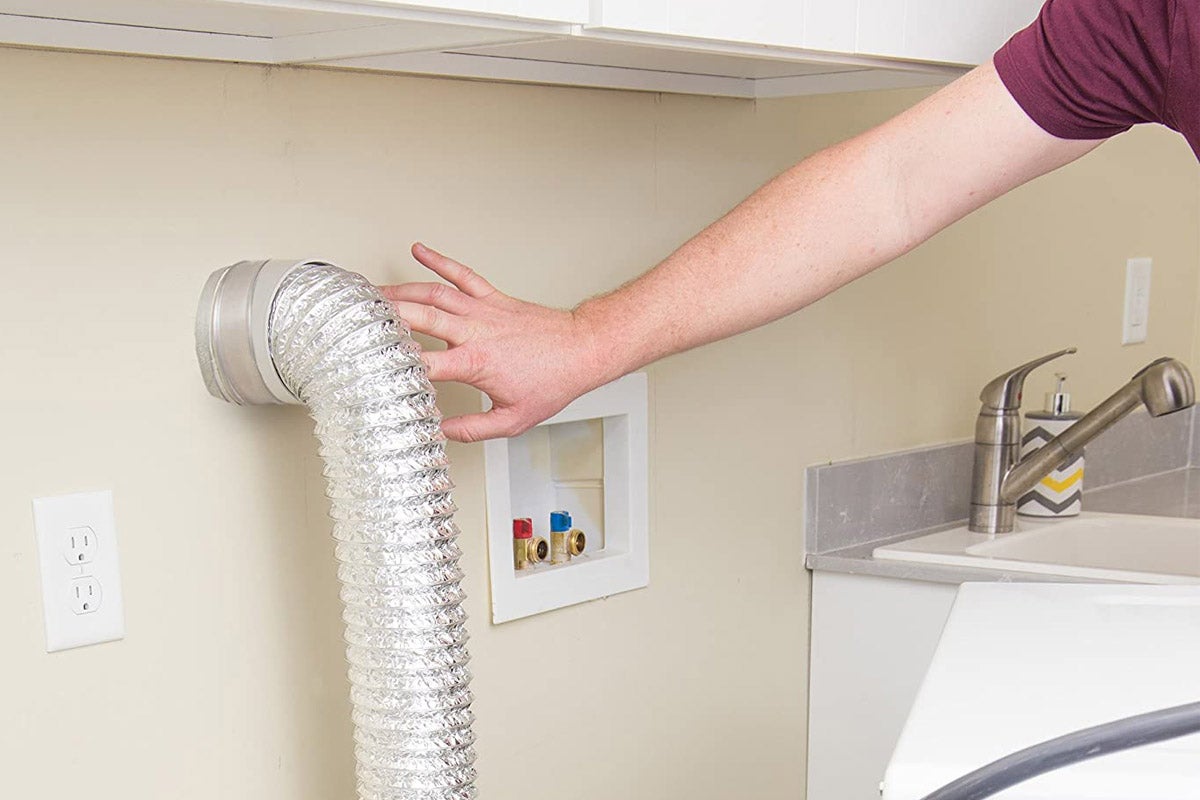


0 thoughts on “Where Is The Lint Trap On A Stacked Washer And Dryer”